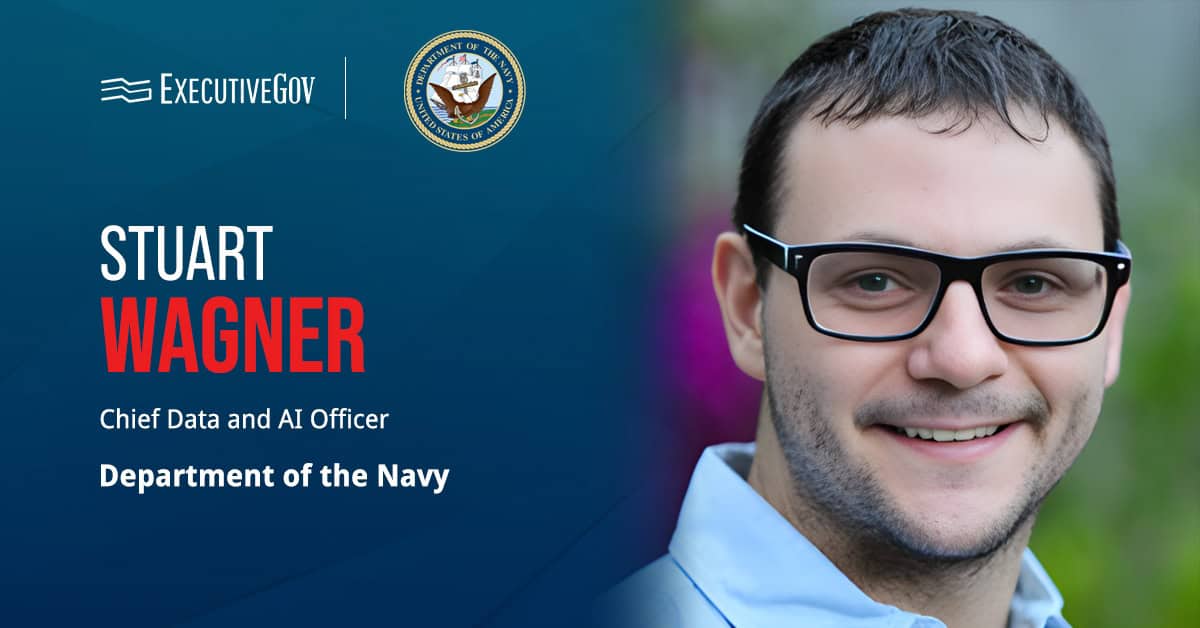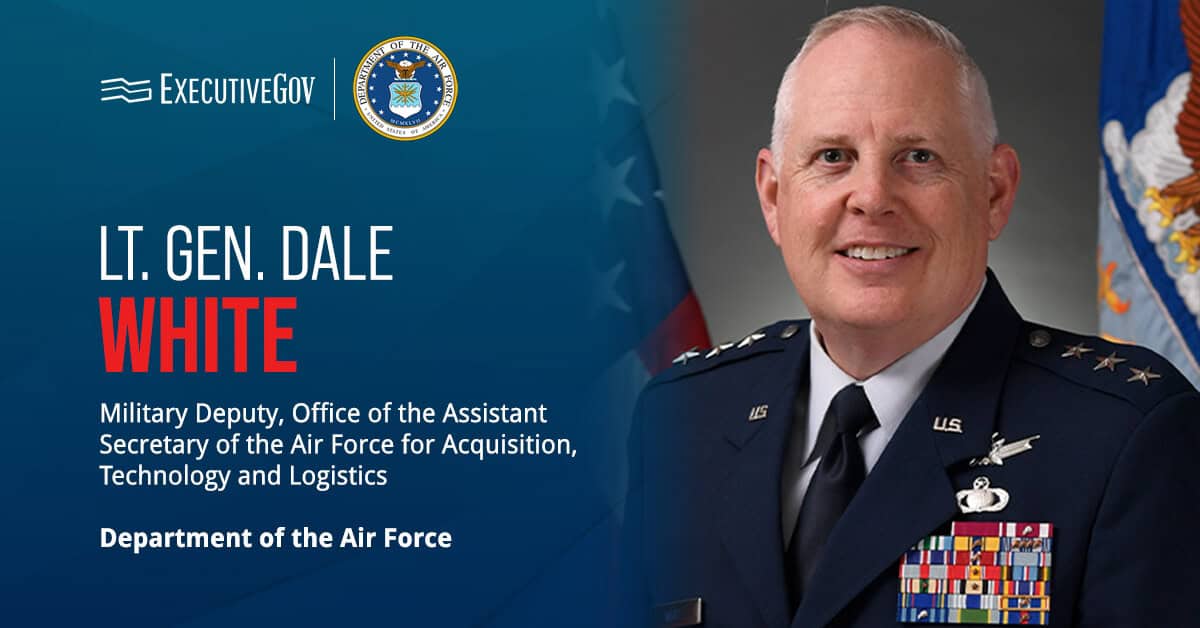An upcoming strategy will accelerate the process by which the Department of the Navy can extract insights from data and transform them into new tactics and technologies, according to Stuart Wagner, chief data and artificial intelligence officer for the DON.
At a recent event, the official shared that the final draft of the department’s data and AI weaponization strategy will be signed “in the next month or so.” He said that the document will identify six broad goals, which will include rapidly transitioning AI systems from pilot to operational, equipping personnel with data and AI skills, and facilitating collaboration with industry, academia and allies.

Join Wagner and other Navy leaders at the Potomac Officers Club’s 2025 Navy Summit on Aug. 26. The exclusive GovCon event will bring together military and industry experts to discuss innovations that shape the future of naval operations. Register for this highly anticipated in-person networking event before tickets sell out.
Table of Contents
Why Weaponizing Data Matters
Wagner explained that, in the modern battlefield, the ‘observe-orient-decide-act,’ or OODA, strategic loop moves faster than ever before. He pointed to Ukraine, where the measure/countermeasure cycle is less than 24 hours.
When one force introduces a novel technology or technique, such as a new way to use a drone, the other side will be able to analyze the innovation and develop a countermeasure within hours.
The official warned that rapidly analyzing data and extracting insights to develop new tactics, techniques and technology or make improvements to the present force will be crucial in a potential Chinese invasion of Taiwan in 2027.
“27 is not far off. We’re not going to rebuild the fleet in a year,” he said. “I suspect we’ll be able to move the needle more to prepare by refining our existing capabilities.”
How to Accelerate Weaponization of Data
Wagner explained that while the military has many sources of data, most never get looked at by a human or analyzed by AI. He said forward-deployed warships, for example, are not equipped with communications equipment that can relay information to headquarters in an instant. It will be faster to physically deliver a hard drive from sea to shore, he added.
The upcoming strategy aims to ensure that data moves rapidly and gets analyzed by high-powered AIs so that human tacticians and software developers can come up with a solution for an emerging threat.
The data and tech chief also called for a revision of the Pentagon’s classification policies and rules surrounding AI. Doing so would present opportunities for large language models such as chatbots to support decision-making.





